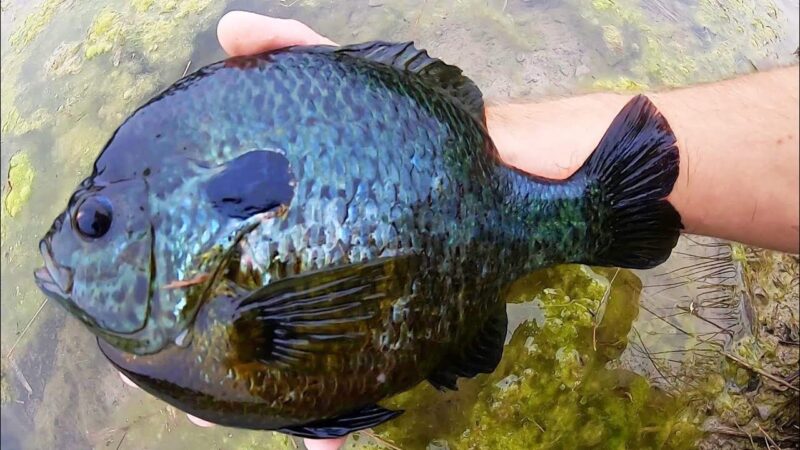At a quiet lake, what seemed like an ordinary fishing trip turned into something unforgettable. With the right combination of timing, skill, and nature, a legendary catch was made. To this day, it remains unmatched, captivating anglers and sparking curiosity about the rare conditions that led to this historic moment.
In this article, we explore the story behind that fateful day and why it continues to stand as a pinnacle in the world of fishing.
A Record Still Unbeaten After 70 Years
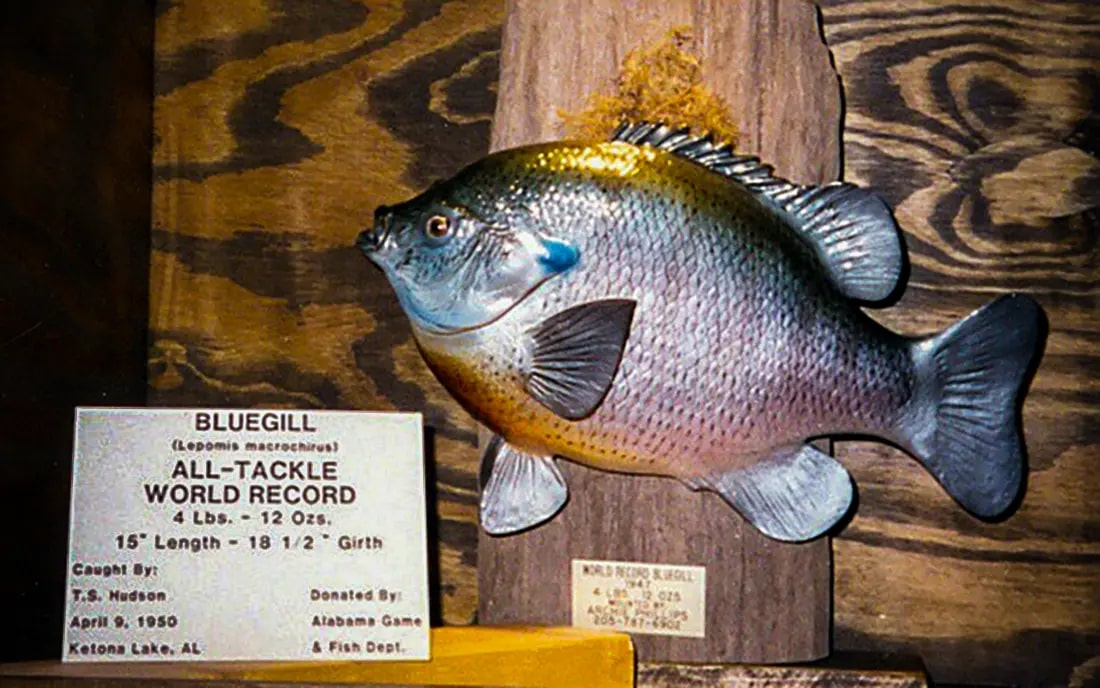
- Location: Ketona Lake, Alabama
- Date: April 9, 1950
- Weight: 4 pounds, 12 ounces
- Length: 15 inches
- Girth: 18¼ inches
Bluegill fishing reached an unmatched milestone in 1950 when T.S. Hudson caught a massive 4-pound, 12-ounce fish.
Caught in Ketona Lake, Alabama, this legendary fish continues to hold the world record after more than 70 years.
The specific conditions of Ketona Lake, with its clear waters and abundant nutrients, created an ideal setting for bluegill to grow beyond normal limits.
Also, learn how to tell crappie apart from bluegill.
Conditions That Made Ketona Lake Special
The environment of Ketona Lake was unique, allowing large bluegill growth due to a combination of factors. These conditions helped fish reach sizes not seen in most lakes.
- Nutrient-rich waters: The limestone in the lake enriched the water with essential nutrients.
- Limited spawning sites: Controlled population growth prevented overcrowding and stunted growth.
- Predators: Largemouth bass controlled smaller fish populations, allowing bluegills to thrive.
Other Notable Catches from Ketona Lake
| Year | Angler | Weight | Location |
|---|---|---|---|
| 1947 | Coke McKenzie | 4 pounds, 10 ounces | Ketona Lake, Alabama |
| 1967 | Danny Case | 4 pounds, 5 ounces | North Carolina |
| 1980 | Unknown Angler | 4 pounds, 3 ounces | Kentucky |
Why the Record Remains Unbroken?
Ketona Lake has been closed to public fishing for many years, limiting any potential to break the record. The special conditions found in the lake are rare and not easily replicated in other locations, keeping Hudson’s achievement as a historic milestone.
Best Locations to Catch a Record-Breaking Bluegill in 2025
Bluegill fishing in 2025 offers promising opportunities for anglers aiming to catch record-breaking fish. Each of these locations has produced large bluegills in the past, and they continue to be hotspots for serious anglers seeking to make history.
1. Lake Havasu, Arizona
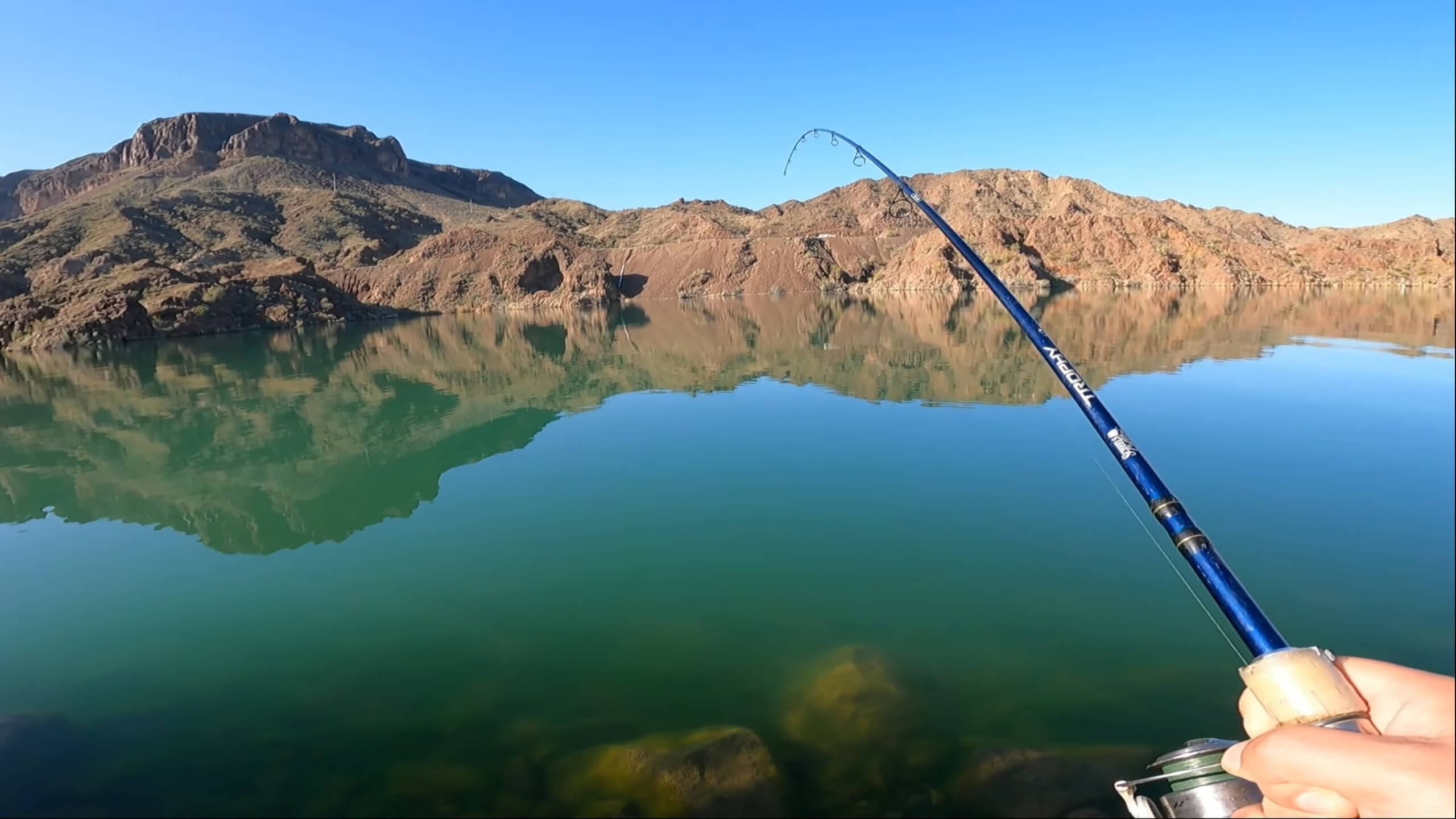
Lake Havasu is not only famous for redear sunfish, but also for its large bluegill. The presence of quagga mussels has provided an abundant food source, leading to larger panfish. In 2017, a 16-inch bluegill, estimated to weigh around 3 pounds, was pulled from the lake, making it a top contender for producing a new record.
- Biggest Catch: 16-inch, estimated 3-pound bluegill in 2017
- Current Record: 3 pounds, 15.68 ounces caught in 2004 at Goldwater Lake
2. Richmond Hill Lake, North Carolina
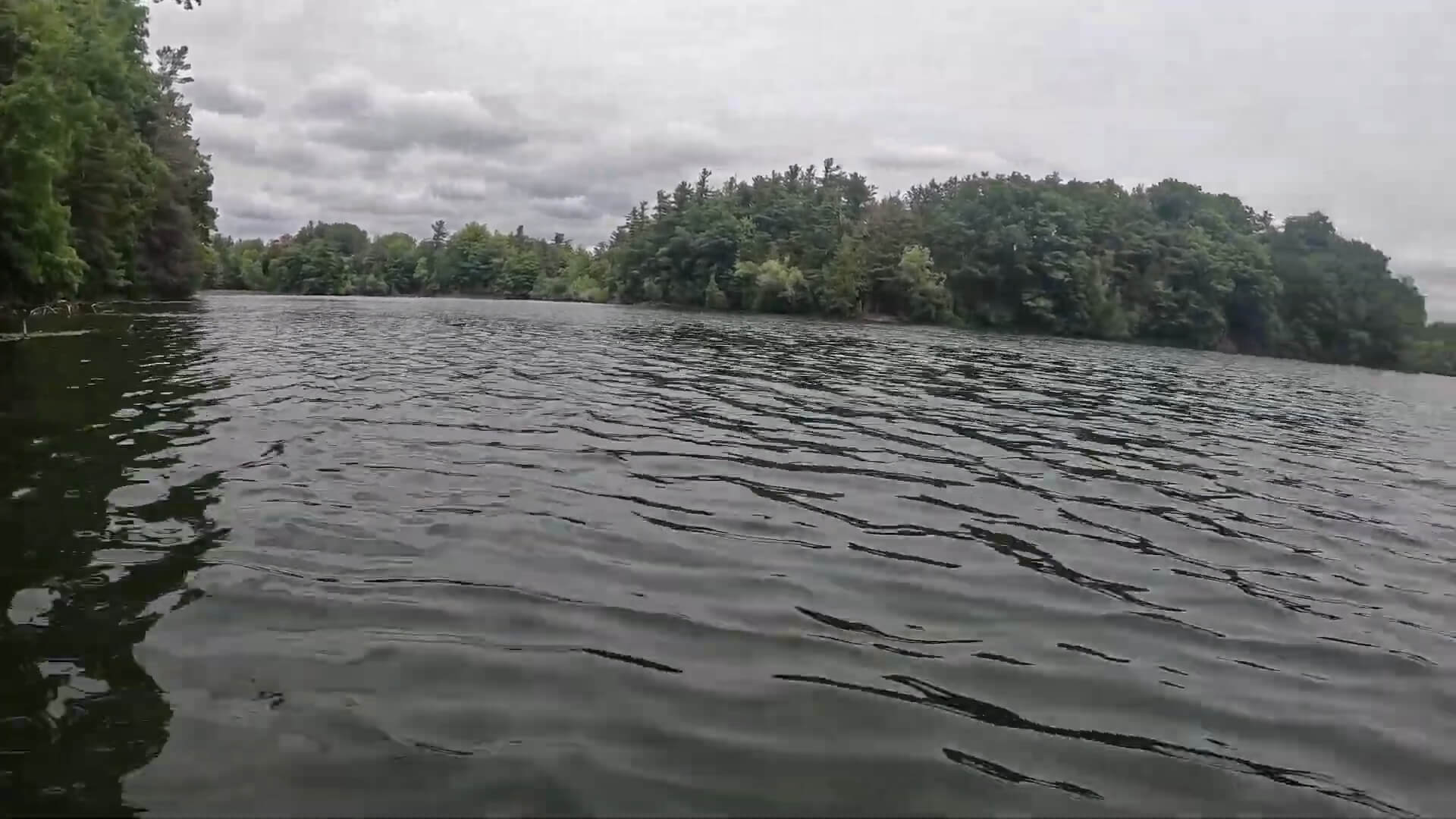
Richmond Hill Lake, known for its privately managed waters, has consistently produced bluegill over 2 pounds, with anglers reporting even larger specimens. The lake’s controlled environment makes it an ideal spot for trophy bluegill.
- Biggest Catch: Reports of bluegills exceeding 2 pounds are common.
- Access: Private, with day bookings available
3. Ketona Lake, Alabama
Home to two world-record bluegill catches, Ketona Lake remains legendary for anglers. The 4-pound, 12-ounce bluegill caught by T.S. Hudson in 1950 still holds the world record. However, access to the lake is now restricted, making it difficult for anglers to fish there.
- Biggest Catch: World record of 4 pounds, 12 ounces in 1950
- Access: Closed to public fishing
4. C.J. Strike Reservoir, Idaho
C.J. Strike Reservoir has been gaining attention for its large panfish population, including bluegill. The Idaho state record bluegill, weighing 3 pounds, 8 ounces, was caught here in 1966, and the reservoir remains a top location for anglers seeking big bluegill.
- Biggest Catch: 3 pounds, 8 ounces, Idaho state record from 1966
- Size: 7,500-acre lake with diverse fishing opportunities
5. Lake Okeechobee, Florida
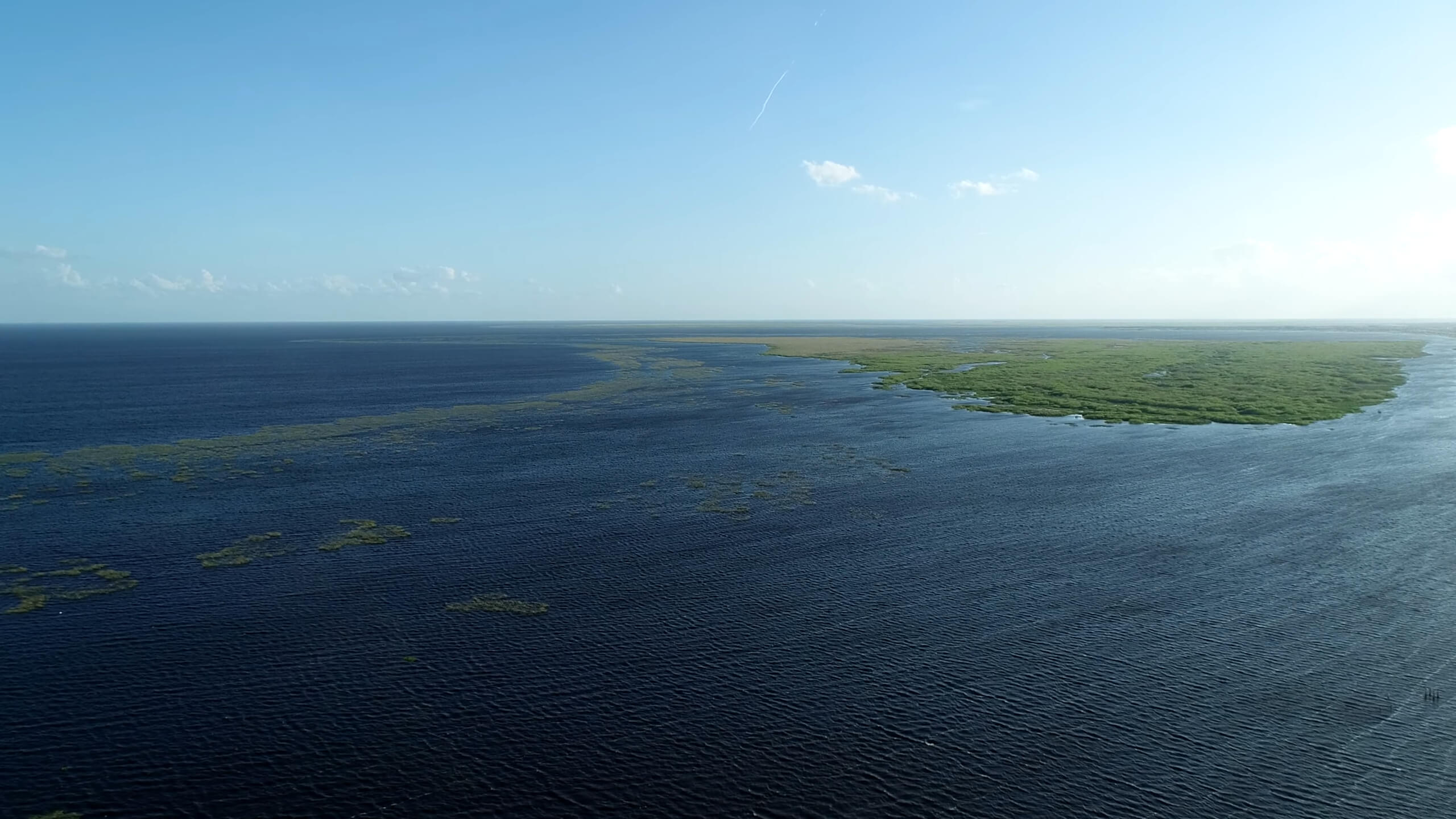
Lake Okeechobee is one of the most famous fishing destinations in the U.S., and its large bluegill population is no exception. The extensive marshes and nutrient-rich waters provide perfect conditions for bluegill to thrive.
- Biggest Catch: While specific bluegill records are not reported, anglers regularly catch large specimens exceeding 2 pounds.
6. Kinkaid Lake, Illinois
Kinkaid Lake is known for its excellent bluegill fishing, particularly around its submerged trees and rocky points. Bluegill exceeding 2 pounds have been reported here.
- Biggest Catch: Reports of bluegill exceeding 2 pounds are common, though no record has been confirmed for 2025.
7. Toledo Bend Reservoir, Texas/Louisiana
Toledo Bend, famous for bass fishing, also holds potential for trophy bluegill. Anglers have reported catching large bluegills here, although the exact sizes remain undocumented in recent years.
- Biggest Catch: No specific bluegill record, but large specimens are common.
8. Clear Lake, California
Clear Lake in Northern California is noted for its large bluegill, thriving in its clear, cool waters. The California state record for bluegill, 3 pounds, 14 ounces, was caught in 2008 at Rancho Murieta Reservoir, not far from Clear Lake.
- Biggest Catch: State record of 3 pounds, 14 ounces caught nearby in 2008
- Access: Open for public fishing
9. Dale Hollow Lake, Kentucky/Tennessee
Dale Hollow Lake is well-known for producing large panfish, including bluegills. The lake’s clear waters make it a prime location for catching large specimens.
- Biggest Catch: Kentucky state record bluegill of 4 pounds, 3 ounces caught in 1980.
- Access: Open for public fishing
10. Big Stone Lake, South Dakota
Big Stone Lake offers anglers a unique chance to catch large bluegill in its cold, clear waters. The South Dakota state record for bluegill is 3 pounds, 4 ounces, caught in 1980.
- Biggest Catch: State record of 3 pounds, 4 ounces from 1980.
- Access: Open for public fishing
Tips for Catching a Large Bluegill
Catching large bluegill requires a combination of technique, timing, and understanding of their behavior. To increase your chances of landing a trophy-sized fish, here are essential tips that have proven effective for serious anglers:
1. Use Light Tackle
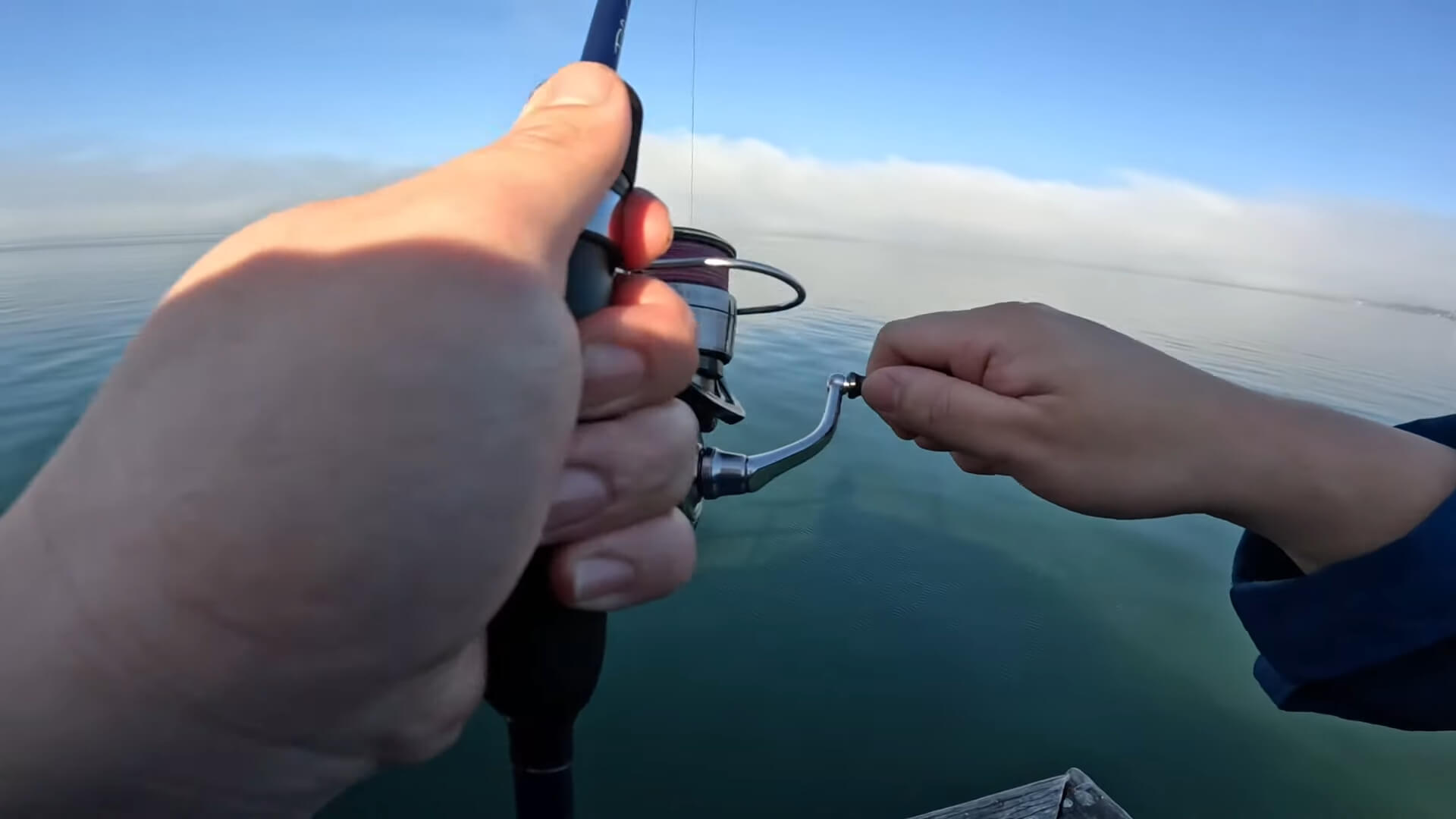
Bluegills are known for being aggressive fighters relative to their size, but they are also cautious. Light tackle, such as ultralight rods paired with 2- to 4-pound test line, gives you the finesse needed to avoid spooking these fish.
2. Select the Right Bait
Large bluegills tend to feed on insects, larvae, small fish, and crustaceans. Live bait such as worms, crickets, or nightcrawlers remains the top choice for catching big bluegills. If you prefer artificial lures, opt for small jigs, soft plastics, or flies.
3. Target Shallow Waters During Spawning
Bluegill typically spawn in shallow waters during the late spring and early summer. Look for nests near the shore, often visible in 1 to 3 feet of water. Large bluegills guard their nests aggressively, making them easier to catch during this time.
4. Fish Near Cover
Large bluegills often hide in vegetation, under docks, or around submerged structures such as trees or rock piles. These areas offer protection from predators and provide an ample food supply.
5. Be Patient and Persistent
Bluegills often feed in bursts, and large ones can be more selective in their feeding habits. Patience is key to waiting for the right moment when big bluegill start biting.
6. Use Small Hooks
Since bluegills have small mouths, a large hook can reduce your chances of success. Use a small hook, such as a size 6 to 10, to ensure you get a good hookset.
7. Prepare For a Specific Season
Bluegills react to temperature changes. In spring, they move to shallow waters to spawn, but during summer’s heat, they retreat to deeper, cooler areas. Adjust your fishing techniques based on the season for better results.
8. Fish Near Insects
If you notice insects on the water’s surface, there’s a good chance bluegill are feeding nearby. Surface flies, small poppers, or floating bait work well in these conditions.
FAQs
What weather conditions are best for bluegill fishing?
Bluegill are most active on warm, calm days. Overcast skies with little wind provide excellent fishing conditions as bluegills tend to feed more actively without the sun’s intensity. Avoid windy or stormy conditions, as bluegills are less likely to bite when the water is rough.
How can I improve my chances of catching large bluegill in deeper waters?
During hot summer months or colder weather, bluegill move to deeper waters to find more suitable temperatures. Use a fish finder to locate deeper structures where bluegills may be hiding, and adjust your bait’s depth by using weighted rigs or slip bobbers to get your bait to their level.
Do bluegills bite at night?
Yes, bluegills can bite at night, especially during warmer months. They tend to feed in the early evening and continue into the night in areas with cover. Using small glow-in-the-dark jigs or bait near well-lit areas can increase your chances of catching bluegills after sunset.
How do water temperature changes affect bluegill behavior?
Bluegills prefer water temperatures between 60°F and 80°F. During cooler weather, they move to deeper, warmer parts of the lake, while in warmer weather, they may retreat to shaded or deeper areas to avoid overheating. Understanding temperature patterns will help you decide where to fish for bluegill at different times of the year.
Can I catch large bluegill in rivers, or are lakes better?
Large bluegill can be caught in both lakes and rivers, though lakes are generally more reliable due to their stable environments. In rivers, focus on slower-moving areas with abundant vegetation or calm pools near the shore, where bluegills tend to gather for feeding.
Conclusion
Landing a record-breaking bluegill requires focus, patience, and precise techniques. By choosing the right fishing spots, understanding bluegill behavior throughout the seasons, and using proper tackle, you greatly increase your chances of success.
Key locations like Lake Havasu, Richmond Hill Lake, and Ketona Lake have already produced monster bluegills, and with careful preparation, you could be next to add your name to the record books. The thrill of chasing these elusive giants keeps anglers motivated, reminding everyone that with persistence, the ultimate bluegill is still within reach.

